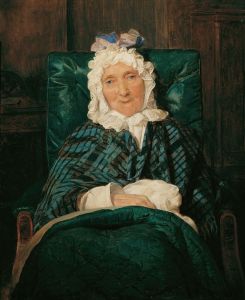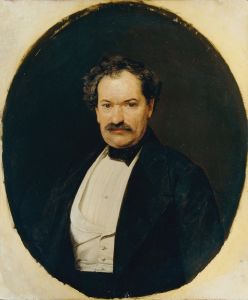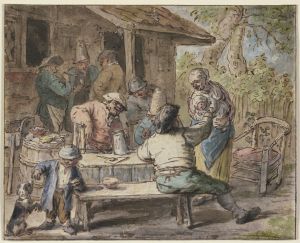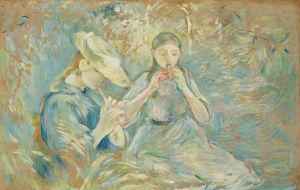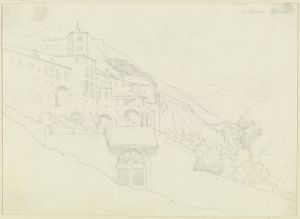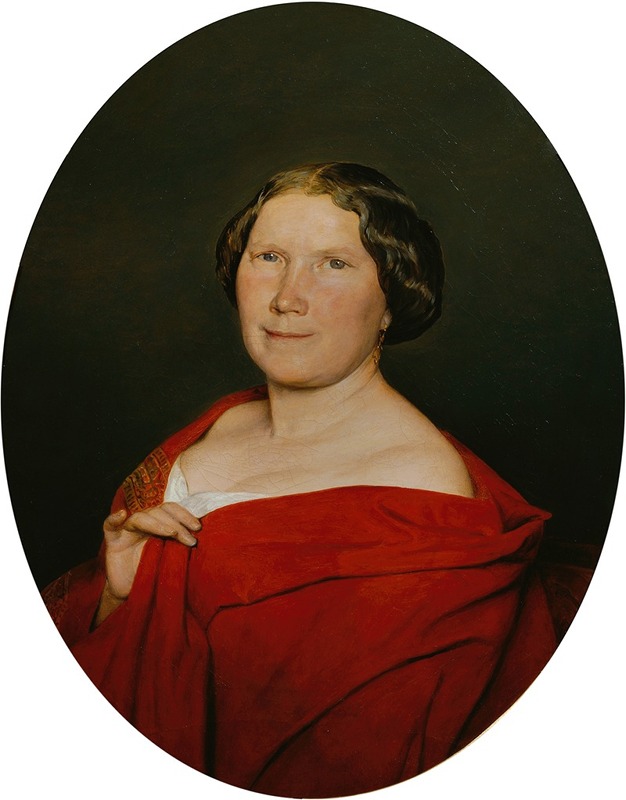
Frau mit lachsrotem Umhang
A hand-painted replica of Ferdinand Georg Waldmüller’s masterpiece Frau mit lachsrotem Umhang, meticulously crafted by professional artists to capture the true essence of the original. Each piece is created with museum-quality canvas and rare mineral pigments, carefully painted by experienced artists with delicate brushstrokes and rich, layered colors to perfectly recreate the texture of the original artwork. Unlike machine-printed reproductions, this hand-painted version brings the painting to life, infused with the artist’s emotions and skill in every stroke. Whether for personal collection or home decoration, it instantly elevates the artistic atmosphere of any space.
Ferdinand Georg Waldmüller (1793–1865) was one of the most prominent Austrian painters of the 19th century, known for his contributions to the Biedermeier period and his mastery in portraiture and landscape painting. Among his works is the painting titled Frau mit lachsrotem Umhang (translated as Woman with a Salmon-Colored Cloak). This artwork exemplifies Waldmüller’s attention to detail, his ability to capture textures, and his skill in portraying the human figure with lifelike precision.
The painting depicts a woman dressed in a salmon-colored cloak, a garment that serves as the focal point of the composition. Waldmüller’s use of vibrant yet harmonious colors highlights his expertise in rendering fabric and light. The cloak’s rich hue contrasts with the subtler tones of the background, drawing the viewer’s attention to the subject. The woman’s expression and posture suggest a moment of quiet reflection, a characteristic feature of Waldmüller’s portraits, which often sought to convey the individuality and inner life of his subjects.
Waldmüller was deeply influenced by the ideals of the Biedermeier period, which emphasized domesticity, simplicity, and a connection to nature. His works often reflect these themes, focusing on everyday life and the beauty of the natural world. While Frau mit lachsrotem Umhang is primarily a portrait, it also demonstrates Waldmüller’s broader artistic concerns, such as the interplay of light and shadow and the meticulous depiction of textures.
The exact date of the painting’s creation is not definitively documented, but it is consistent with Waldmüller’s mature style, which developed during the mid-19th century. During this period, he was at the height of his career, producing works that were celebrated for their technical brilliance and emotional depth. Waldmüller’s ability to combine realism with a sense of intimacy made him one of the leading figures in Austrian art.
Today, Waldmüller’s paintings are held in high regard and are featured in major art collections and museums. His works, including Frau mit lachsrotem Umhang, continue to be studied and admired for their contribution to the development of 19th-century European art. However, specific details about the provenance or current location of Frau mit lachsrotem Umhang are not widely documented in available sources.
This painting remains a testament to Waldmüller’s skill as a portraitist and his ability to capture the essence of his subjects with remarkable clarity and sensitivity.








